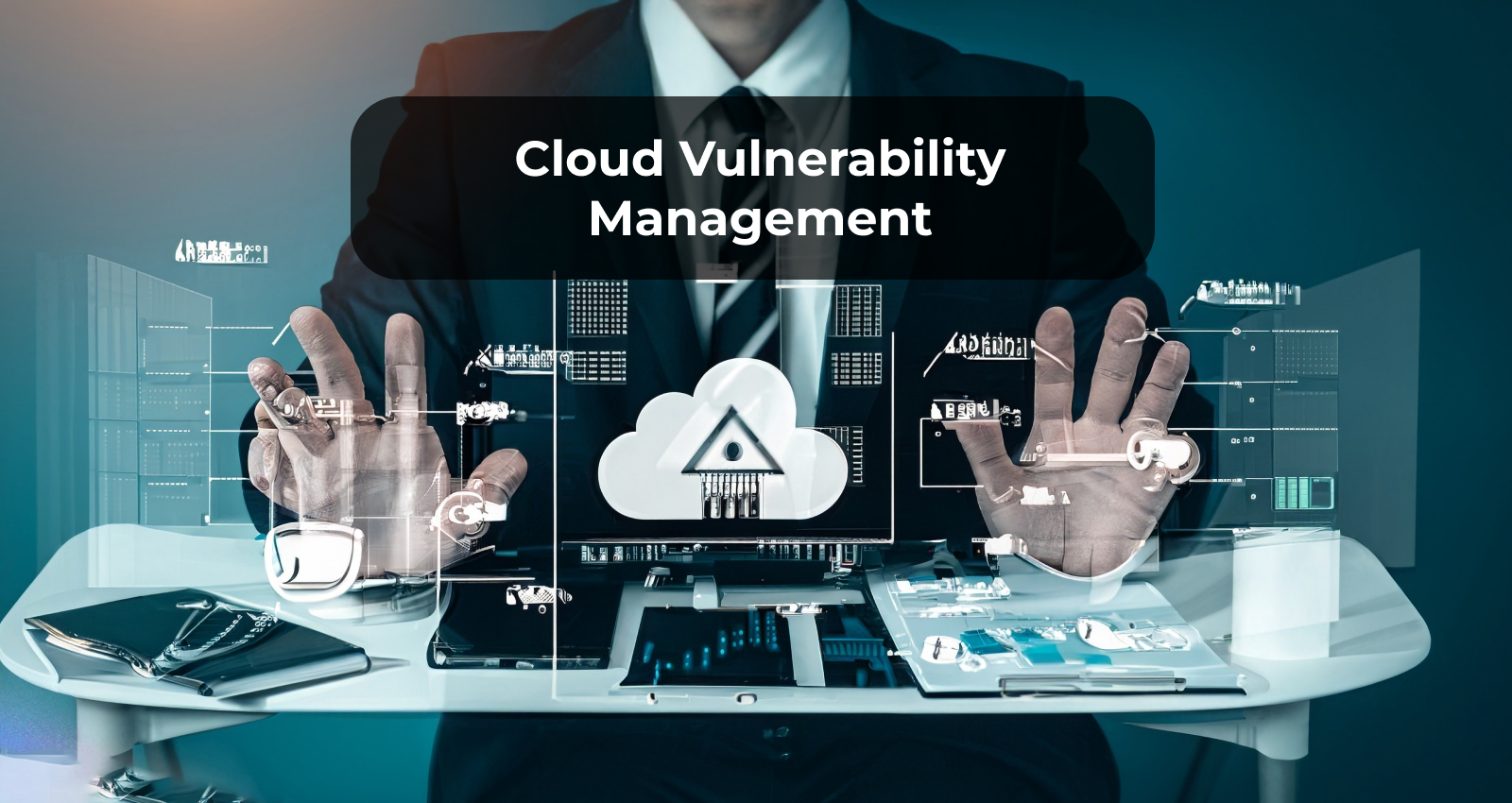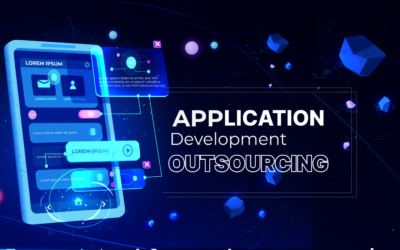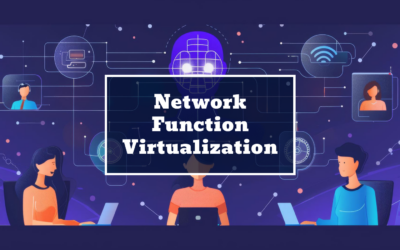Cloud Vulnerability Management: Detailed Guide

Introduction
Today, we rely a lot on the clouds. But organizations need to know that while it’s handy, it can also bring problems if not handled well.
A study by Forrester shows a big cybersecurity problem. In 2022, there were 35 major data breaches. These breaches affected over 1.2 billion customer records. They caused a lot of damage, hurting brands, cutting profits, making operations messy, and leading to legal issues. Altogether, the organizations involved got fined a huge $2.7 billion. This shows how much damage cybersecurity issues can cause.
This highlights the need for strong data protection and smart cybersecurity plans to deal with such risks. In this article, we’ll look at the best ways to manage vulnerabilities in the cloud (CVM). We’ll see how these vulnerabilities are corrected by following each step properly, and learn effective strategies to handle them, with real examples from different industries.
What is Cloud Vulnerability Management?
Cloud vulnerability management is about finding and fixing weaknesses in cloud systems. It’s done by regularly checking and analyzing to keep cloud setups safe from possible dangers. CVM matters because it helps spot security problems early, so companies can fix them before hackers can use them to cause harm.
Unlike traditional IT setups, the cloud’s dynamic nature demands continuous monitoring and a proactive stance toward security threats. The shared responsibility model of cloud services further complicates this scenario, distributing accountability for security measures between cloud service providers and their clients.
Common Cloud-Based Vulnerabilities
Before you learn about what makes a good cloud vulnerability management system and all the stuff that comes with it, it’s crucial to know the kinds of vulnerabilities in the cloud that need to be found, fixed, and handled regularly. This helps prevent big problems like breaches or other issues that could happen because of them.
The most common cloud-based vulnerabilities include:
1. Misconfigurations
2. Data Loss or Theft
3. Non-Compliance
4. Weak Access Management
5. Vulnerable APIs
1. Misconfigurations
Misconfigurations are a significant cause of large-scale data breaches in cloud platforms. Misconfigurations happen when there are mistakes or gaps in the security measures, which can leave important information vulnerable.
These errors often involve improper access management and security group settings. When access isn’t properly restricted, unauthorized users may gain entry to sensitive data and applications, posing a serious risk to the entire system.
Security group misconfigurations occur when there are flaws or vulnerabilities in the security setup provided by the cloud service provider. These errors can grant direct access to the cloud platform, leading to substantial data theft or loss.
2. Data Loss or Theft
One of the main draws of cloud platforms is their easy storage solutions, which entice customers to rely on them instead of physical servers. However, this convenience also brings risks. Because data is transmitted and stored off-site in the cloud, it becomes vulnerable to various cyberattacks that can put the stored data and applications at risk.
This includes sensitive information like intellectual property (IP). Data loss can happen for various reasons, such as accidental deletion, unauthorized access, or data tampering. When data is deleted or altered, it can result in the loss or corruption of important information, significantly affecting an organization’s operations.
3. Non-Compliance
In every industry, companies must follow specific standards and regulations, known as compliance, to operate legally and securely. These standards include PCI-DSS, HIPAA, ISO 27001, SOC 2, and others. They focus on data protection and evaluate how well companies follow and keep up with these rules.
Adhering to compliance standards ensures that organizations maintain strong security measures. It confirms that access controls are working correctly and that data remains secure.
4. Weak Access Management
One of the most prevalent threats to data security in the cloud is inadequate access control. Weak or improper access restrictions can allow unauthorized users to access sensitive data.
Implementing effective access controls ensures that only authorized individuals can access specific data, documents, and applications. This process of determining who should have access and who shouldn’t is called authorization.
5. Vulnerable APIs
Initially, APIs didn’t get much attention when it came to security. However, as attackers began targeting APIs to access valuable information, security measures had to be improved.
In cloud computing, APIs play a crucial role in managing data and applications. But if these APIs aren’t secure, they can become a gateway for attackers to exploit.
One common reason for API vulnerabilities is inadequate authentication and authorization measures. This makes APIs an easy target for cyberattacks, allowing anyone on the internet to access sensitive information through them.
Steps In Cloud Vulnerability Management
1. Identification of Flaws
This marks the first step in effective cloud-based vulnerability management. It starts with identifying weaknesses within the system using advanced vulnerability scanners that can detect various vulnerabilities.
Ideally, these scanners should pinpoint known vulnerabilities like CVEs, those listed in frameworks such as OWASP Top 10 and SANS 25, and those exploited by current malicious activities.
This process involves thoroughly examining your assets to uncover any potential vulnerabilities that could endanger the cloud platform. It’s important to schedule these scans during periods of low traffic to minimize disruptions to regular operations.
2. Risk Assessment
Once vulnerabilities are identified, they are compared to a database to assess their severity. This evaluation helps understand how much of a threat each vulnerability poses and prioritizes them accordingly based on their risk levels.
This process enables teams to determine which vulnerabilities need immediate attention and develop a plan to address them.
The most widely used system for evaluating and prioritizing threats is the CVSS (Common Vulnerability Scoring System). CVSS evaluates vulnerabilities based on specific characteristics and their potential impact on the cloud. Vulnerabilities are then patched based on their scores.
3. Remediation of Vulnerabilities
After assessing the vulnerabilities based on their risk, the next step is to respond and fix each flaw. This response is guided by the data collected during the risk assessment.
Depending on the threat level, there are three general measures to create a strong security solution for the cloud:
Patching: This involves immediately fixing the most severe vulnerabilities to eliminate the risk entirely.
Mitigation: If fixing the issue right away isn’t possible, the focus shifts to reducing the risk or impact of the problem, making it harder to exploit.
No Action: Some vulnerabilities may have very low-risk scores, making them less likely to be exploited. In such cases, it might be best to leave them alone and concentrate on more critical flaws.
4. Vulnerability Assessment Report
After completing the risk assessment and addressing the flaws, Astra’s comprehensive vulnerability assessment report is generated using the cloud-based vulnerability scanner.
Astra’s report includes information about the scan, the techniques used to find vulnerabilities, and the standard vulnerability database referenced. It also lists and explains each vulnerability discovered, providing their CVSS scores and suggesting possible solutions.
5. Re-Scanning
After completing the key steps of identifying, assessing, and fixing vulnerabilities, along with generating a report, the final step is to conduct a re-scan. This ensures that the cloud platform is free from the flaws identified earlier and that they have been properly addressed.
This extra step is crucial for ensuring the safety of your cloud service. It demonstrates your commitment to safety, enhancing your reputation as a provider and increasing trustworthiness.
Best Cloud Vulnerability Management Practices
Perfecting cloud vulnerability management involves adopting practices that provide maximum security for sensitive information stored within it. These best practices include:
I. Comprehensive Vulnerability Scanning: Utilizing a thorough vulnerability scanner is crucial for managing cloud-based vulnerabilities effectively. The scanner should continuously detect even the smallest vulnerabilities. It should also have a vast vulnerability database for accurate assessment. A good scanner can perform scans behind logins, identify logic errors, eliminate false positives, and ensure there are no false negatives.
II. Integration with Development: Integrating vulnerability scanning into the development process allows for ongoing detection of vulnerabilities as the application progresses. This integration ensures that cloud service providers remain compliant with important regulatory standards such as GDPR, ISO 27001, HIPAA, and PCI-DSS.
III. Regular Pentests: Conducting regular penetration tests (pentests) is an essential practice for effective cloud vulnerability management. Pentests go beyond vulnerability scanning by actively exploiting identified vulnerabilities to assess real-life damage potential. These tests are often mandatory during compliance audits as they help organizations identify and address loopholes.
IV. Vulnerability Prioritization: Prioritizing vulnerabilities is a valuable practice as it helps focus attention on the most critical threats that require immediate action. This allows organizations to address high-risk vulnerabilities promptly while considering others that can be mitigated or left as they are due to low risk. Systems like the Common Vulnerability Scoring System (CVSS) facilitate vulnerability prioritization.
Conclusion
In conclusion, this article has provided a comprehensive overview of cloud vulnerability management, highlighting its significance in safeguarding sensitive data. We’ve explored the risks associated with lacking a robust vulnerability management system and identified key attributes that contribute to its effectiveness.
By implementing practices such as comprehensive vulnerability scanning, integration with development processes, regular penetration tests, and prioritization of vulnerabilities, organizations can enhance their security posture and mitigate potential risks. A well-deployed cloud-based vulnerability scanner serves as a proactive solution, capable of identifying and addressing both current and emerging threats.
In an ever-evolving digital landscape, investing in effective cloud vulnerability management is essential for protecting valuable assets and maintaining trust with stakeholders. By prioritizing the security practices outlined in this article, organizations can better safeguard their data and infrastructure against cyber threats, ensuring resilience in the face of today’s challenges and those that may arise tomorrow.
Are you looking for any IT Services such as Software Testing, Web design and Development, Professional/Staff Augmentation Services, Cloud Computing, Mobile App Development, Digital Marketing Services and more? Connect Stridefuture Technology, which helps to meet your requirements.
{Stridefuture Technology, a full-service company specializing in Software Solutions and Consultancy services. We specialize in Personal, Business, IT Services, Software Testing, Web design and Development, Mobile App Development, Digital Marketing Services, and much more you can dream Virtually with us! Reach out for more service at Stridefuture Technology.}









